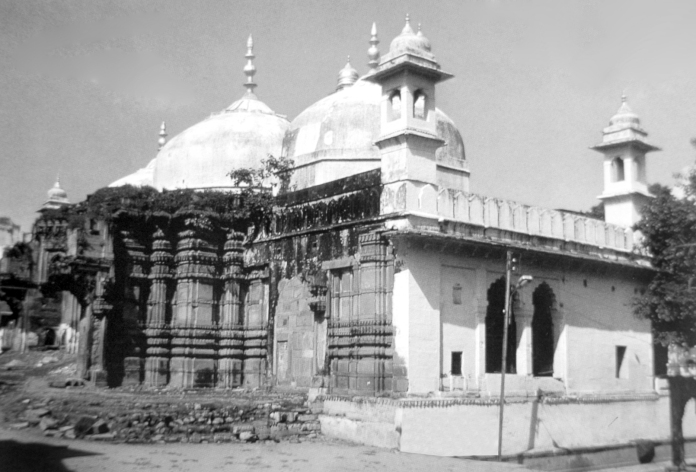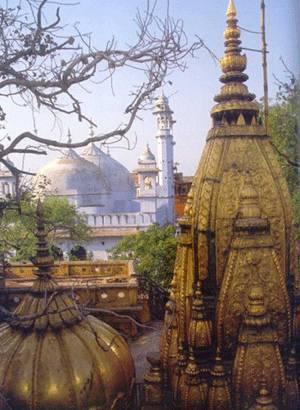-
by Deepa Krishnan
 |
Sikander Nameh shawl from Jammu, 1852
"Gulnari rumal", in pure pashmina embroidered with wool
Source: Chandigarh Museum
http://chdmuseum.gov.in/art_gallery/masterpieces.html |
|
See this gorgeous embroidered textile? It is a shawl, in soft pashmina, that tells the tale of Alexander the Great. The shawl is more like a painting than like needlework!
Alexander - or Sikandar as he is called by Indians - came to India in the 4th century BC. This textile is proof that Sikandar's name found its way, not only into Indian vocabulary, but also into Indian textile art.
The shawl was a gift by a rafugar (an embroiderer) to the rajah of Kashmir in 1852. Perhaps comparing a local rajah with the great Sikandar was a way of subtle flattery? Or perhaps the rafugar was merely showcasing his phenomenal imagination and embroidery skills.
At the corners, the shawl depicts Alexander's life, from his
birth to his death. The central figures are influenced by the great Persian epic
Shahnameh. At the centre of the shawl, there is a written text, which says:
“This
gulnari rumal is submitted to that fountain of all favours and
generosity, Maharaja Gulab Singhji, by (the humble) Sayyad Joo,
rafugar, resident of the chakla of Jammu in the land of Kashmir on the
15th of the month of Jeth of the samvat year 1909, corresponding to the 6th of the month of Sha’ban of the year (AH) 1268.”
"Gulnari" - what a beautiful word! - it refers to the red blossom of the
pomegranate tree, whose colour is so beautifully incorporated into this embroidery. And "rumal" is a word that is traditionally used for
square shawls, not meant for wrapping around the body. This gulnari
rumal, then, is a piece for display, rather than use. Samvat 1909 is the Hindu calendar year, and 1268 the Islamic calendar year; the Greogrian calendar equivalent would be 1852 AD.
 |
Gulab Singh by Charles Hardinge,
British Library |
The shawl was given as a gift, to Gulab Singh, the first Dogra Maharaja of the
princely state of Jammu and Kashmir. Originally the Dogras were vassals
of the Sikhs, having got the Jammu area as a grant from Ranjit Singh.
After the defeat of the Sikhs in the First Anglo-Sikh War, the Treaty of
Amritsar was signed in 1846, whereby the British created a new princely
state and sold it to the Dogras, for the grand sum of Rs 750,000
nanak-shahi rupees. Thus began the Dogra kingdom. Naturally, the
craftsmen in the area sought the patronage of Gulab Singh to ensure
the sustenance of their embroidery craft. Especially because the export market for shawls was already threatened in the mid-1800's by imitation products from Europe.
Today, we associate Kashmiri shawls with elaborate and delicate embroidery. But actually, this kind of fancy embroidery on shawls was quite unknown before the 19th century. Surprised? It's true. Earlier, all shawls were woven or brocaded on hand looms. They were called 'kani' shawls.
 |
| Kani shawl from the TAPI Collection, with Kashmiri butas |
But in 1803, a man called Khwaja Yusuf, on the request of an agent from Constantinople (Istanbul), produced shawls entirely with needle embroidery. These 'amli' shawls changed the very nature of the shawl trade, because they took less time, cost less, and provided a great deal of variety in story-telling. Loom-woven shawls continued to be made and valued, but amli shawls gave the trade an unprecedented boost. In 1803 there were only a handful of embroiderers in Kashmir, but by 1823, there were as many as 5000 of them. And the work they did was so good, that Europeans who encountered the work wanted to spirit away the workers!
 |
| Amli shawl from frankames.com, see this link for larger pic http://frankames.com/shawls/kashmiri-shawls/ |
In 1822, William Moorcroft, an employee of the East India Company who came to the area for trade wrote to the British Resident at Delhi and suggested that "
Amongst the many thousands of individuals employed in the Shawl trade, in Kashmeer, it would probably be no difficult task to induce two or three families in a noiseless way to leave that country (for England) …." After all, he said, Louis XV of France had "
procured Workmen in Muslin from India"; even though, he added, "
through the negligence of his Ministers many of them perished through want". Fortunately these transplantation schemes came to naught.
 |
| Empress Josephine, portrait by Jean-Antoine Gros, 1808 |
All through the early 1800's, the demand for Kashmir shawls grew, especially in France. In the French court, the Empress Josephine draped herself in colourful shawls, and the buta motif of Kashmir began to appear in royal clothing as an elongated paisley.
Soon, local versions of the shawls began to be manufactured. Factories in Paisley, Norwich, Edinburgh and Lyon began to imitate Indian shawls. In fact, in 1842, the town of Paisley exported 1 million pounds worth of shawls!
It was the Franco-Prussian war of 1870 which finally struck a body-blow to the Kashmiri shawl industry, because it caused a sharp fall in the demand in France for authentic Kashmiri shawls. Eventually, there was large scale unemployment in the shawl industry of Kashmir, and by the beginning of the 20th century, shawl making had become a small handicraft industry instead of a major revenue earner for Kashmir.
Even today, embroidered Kashmiri shawls are a very small handicraft industry, patronised mainly by discerning traders for the export market. The extremely fine, high quality work of the past, both kani and amli, is increasingly difficult to find.





























